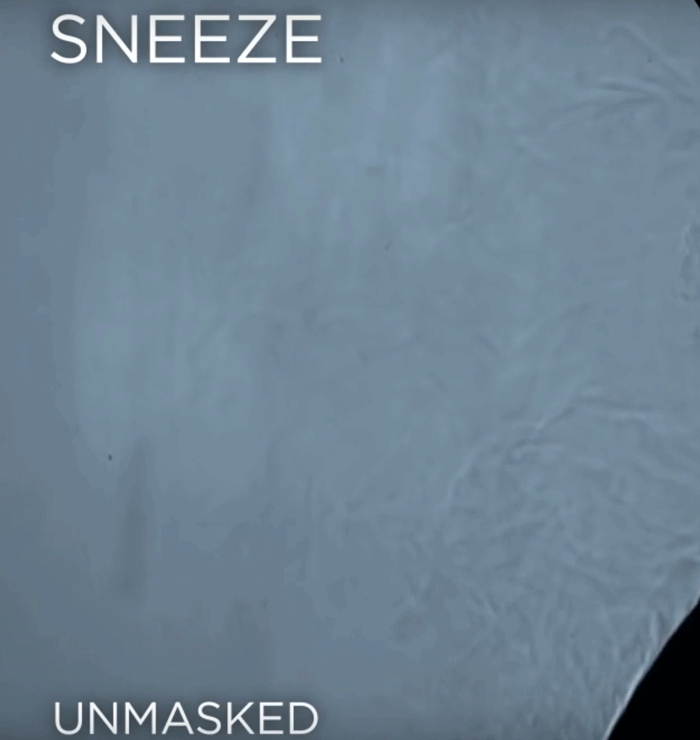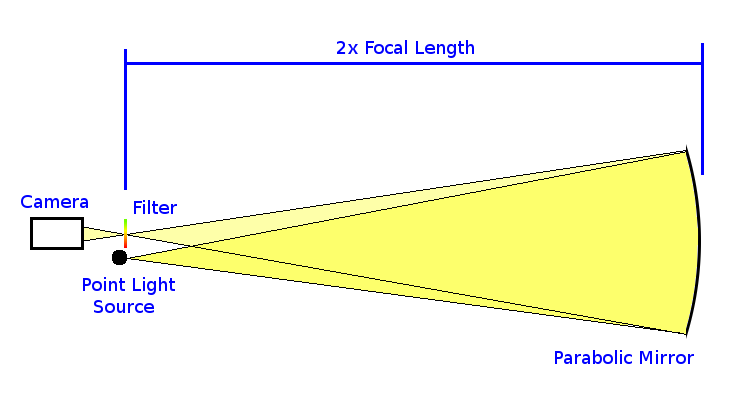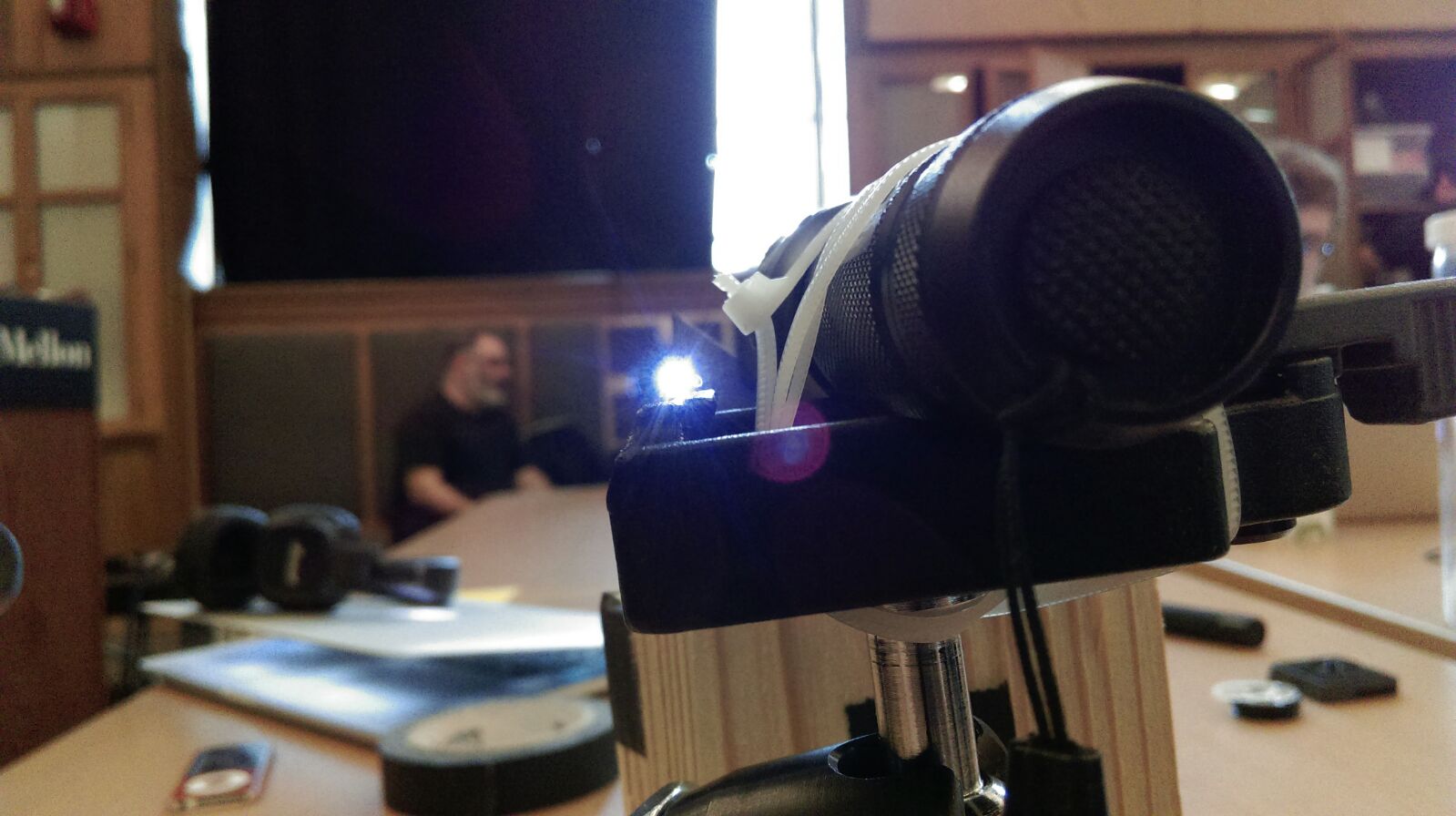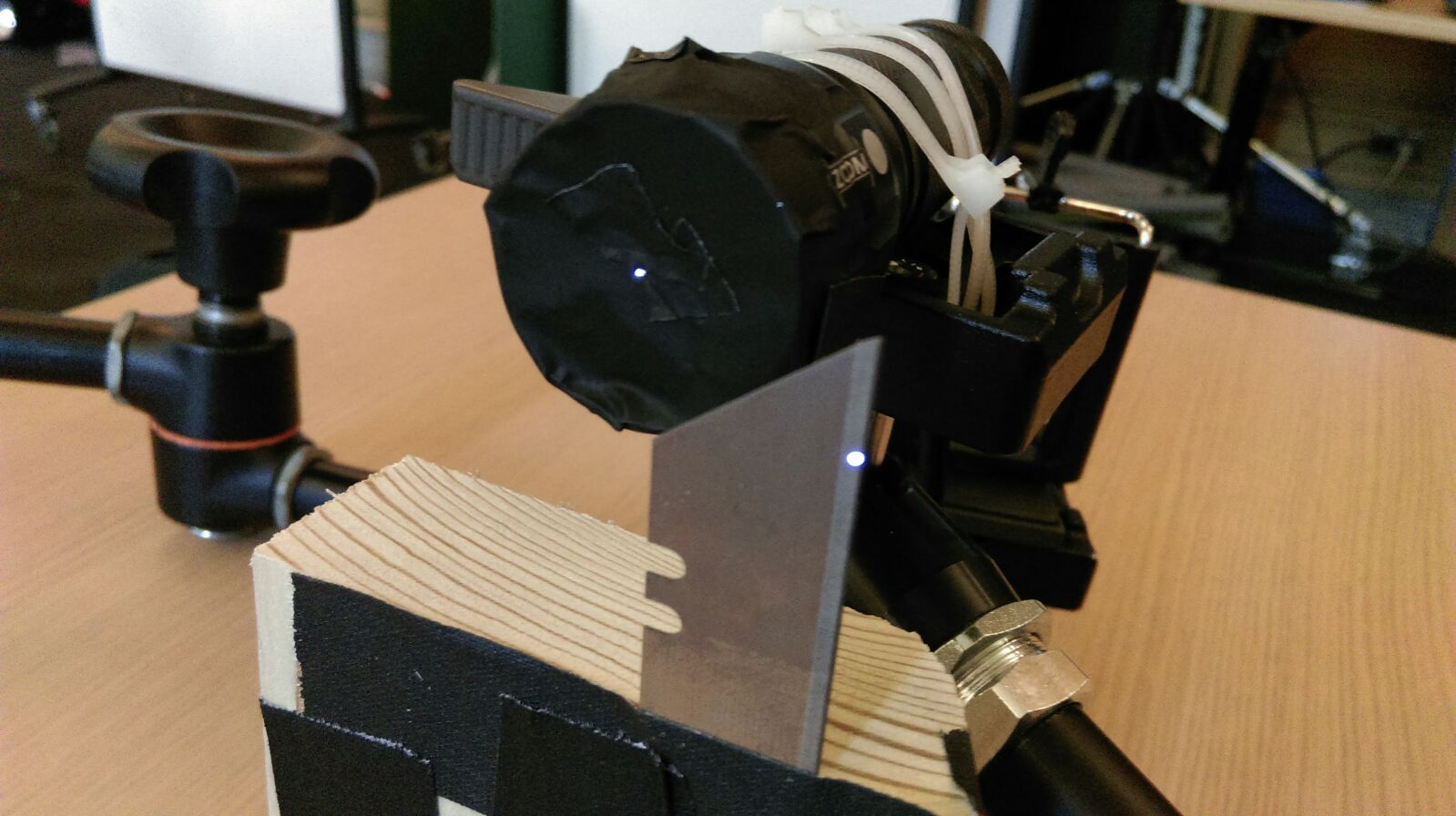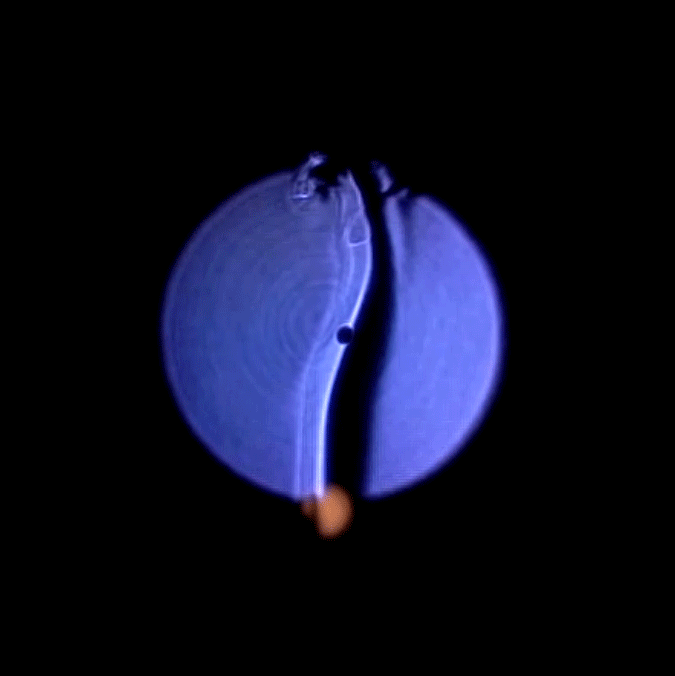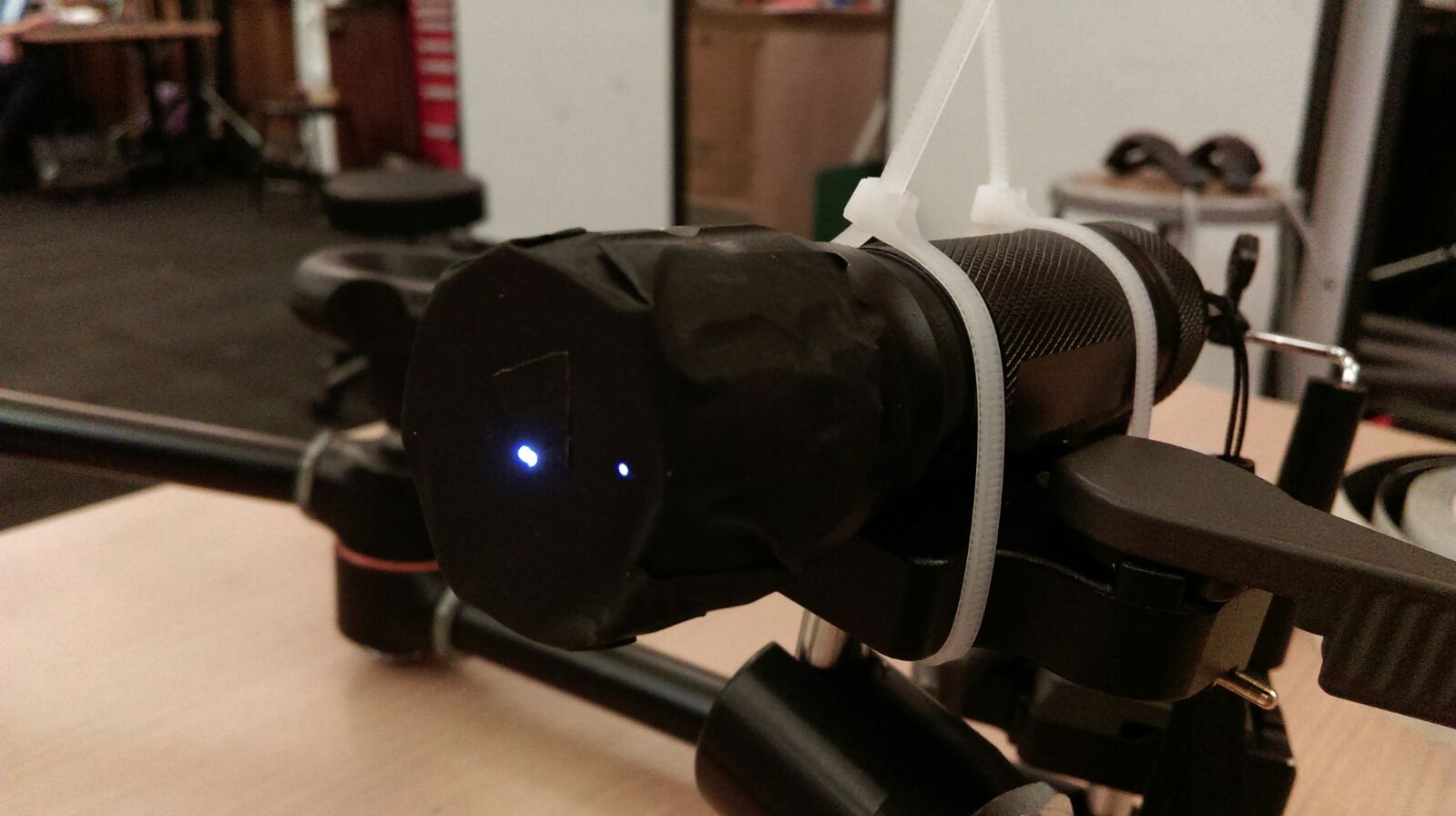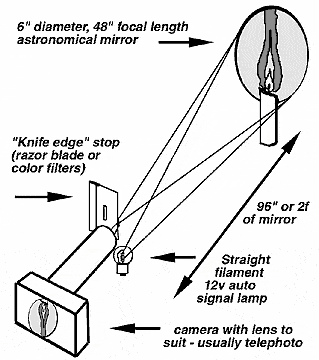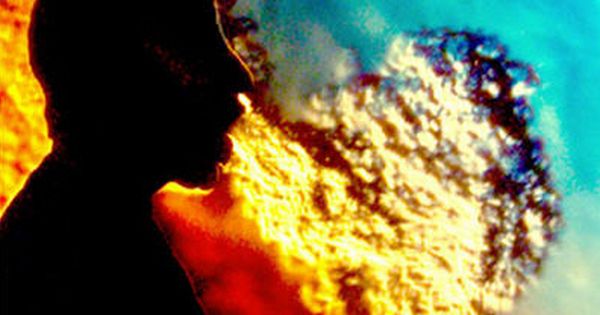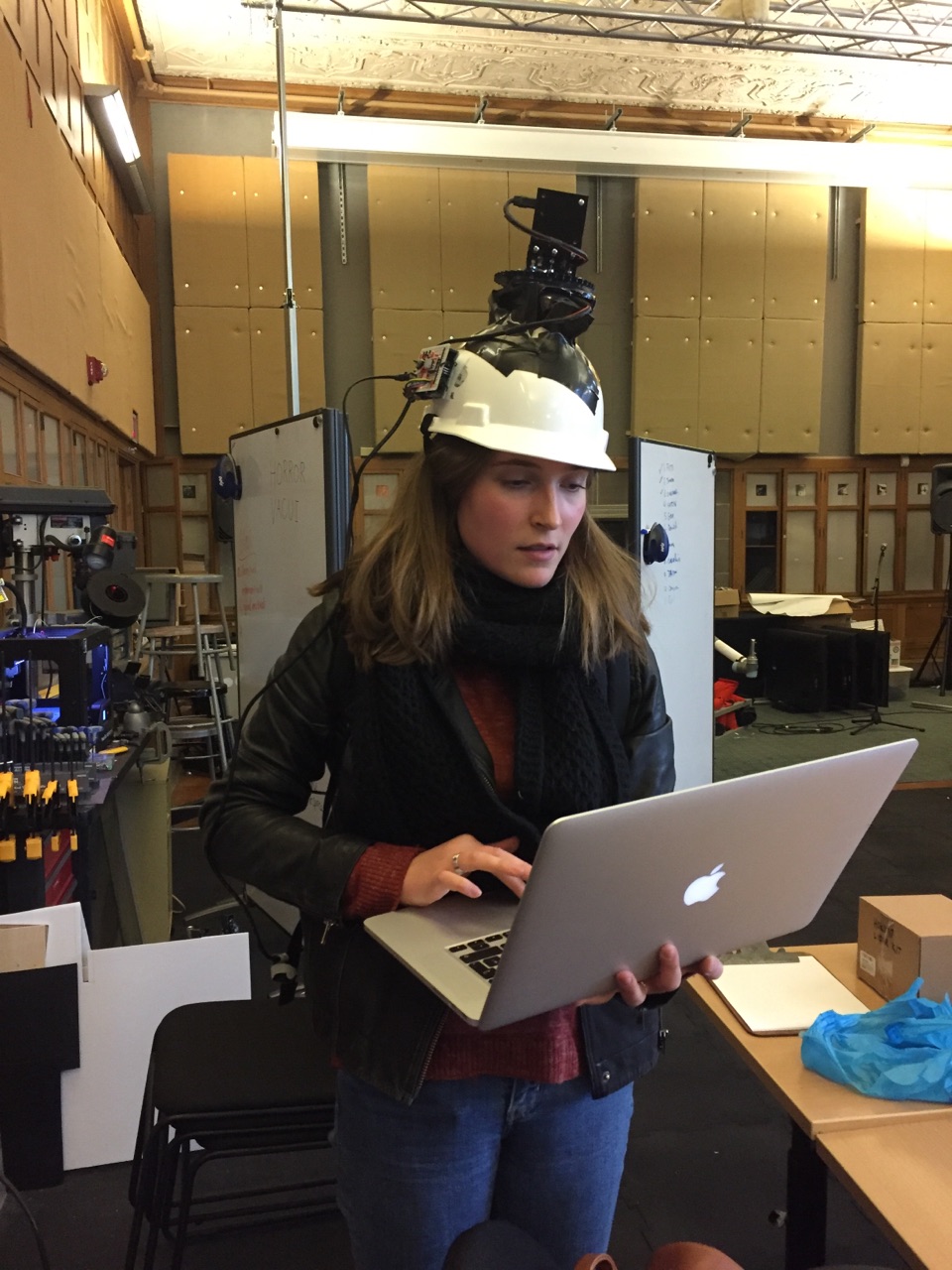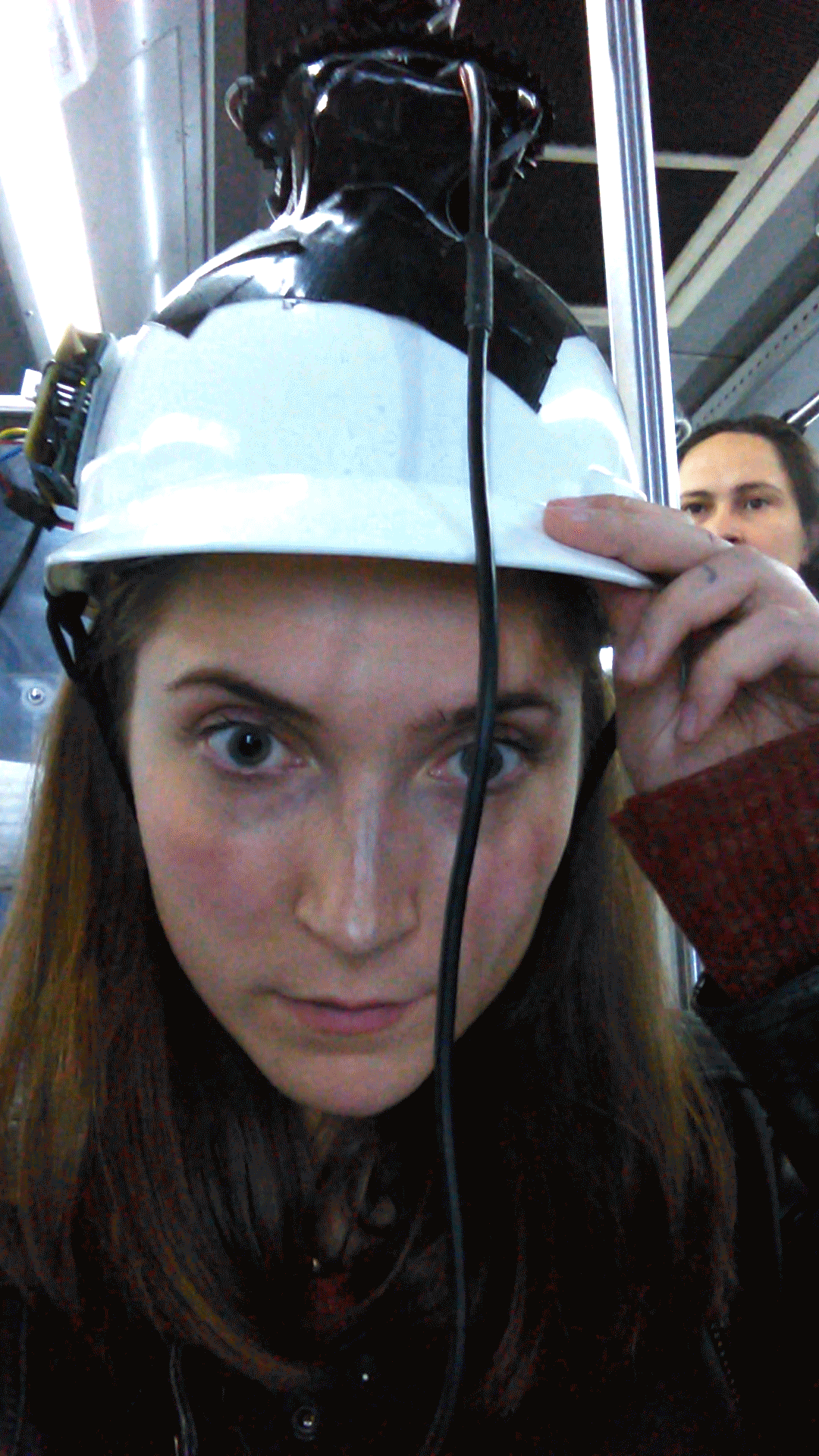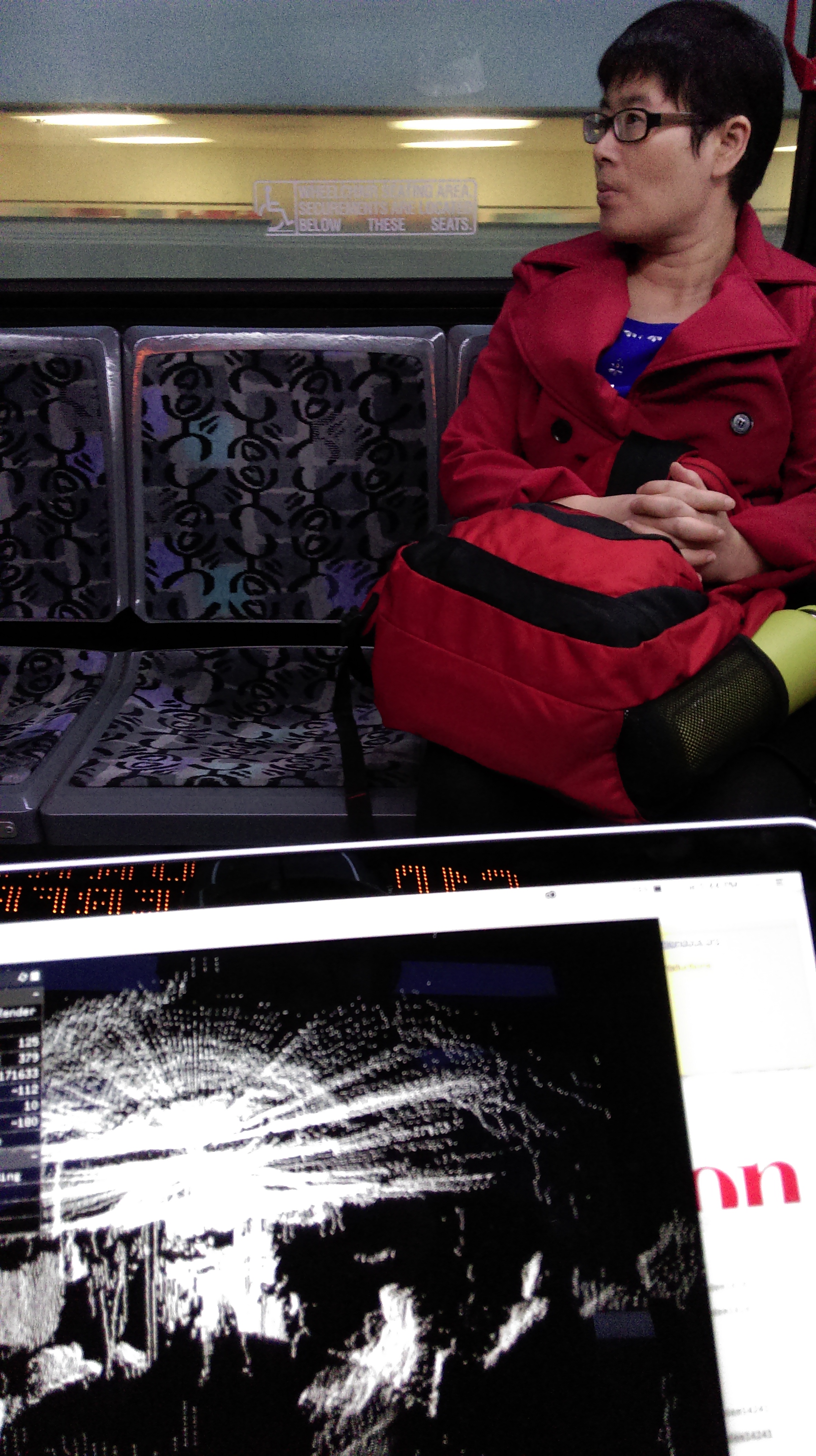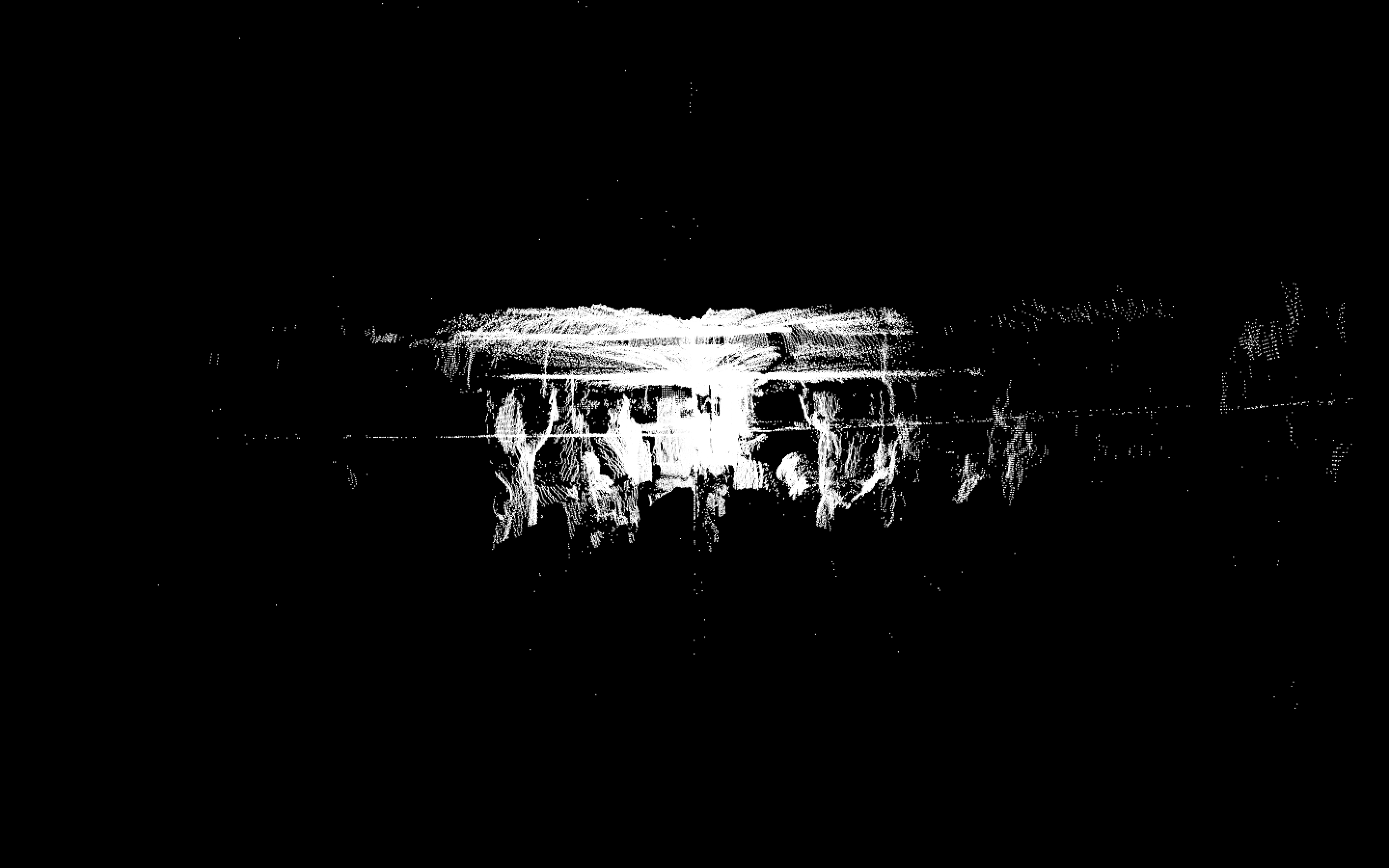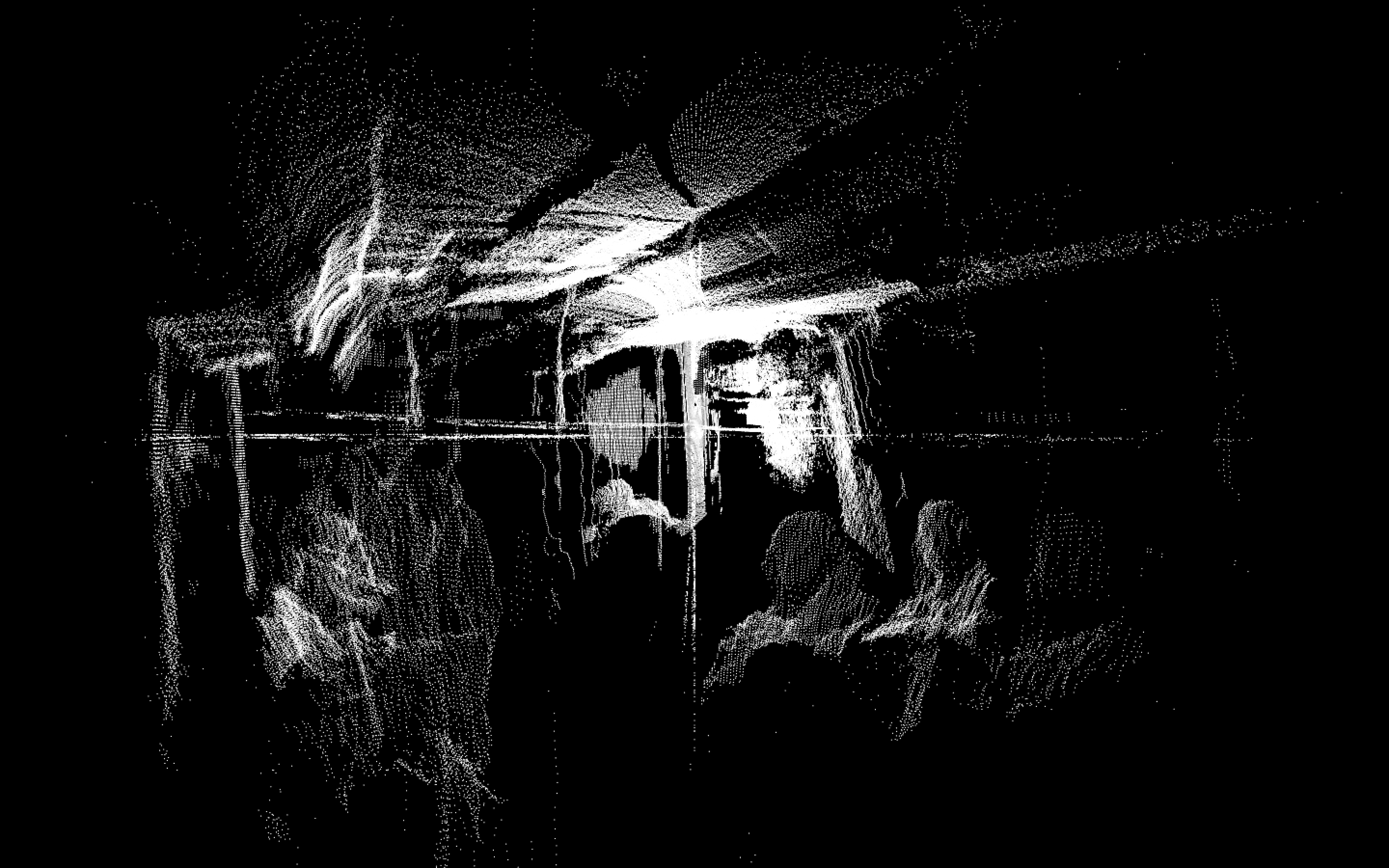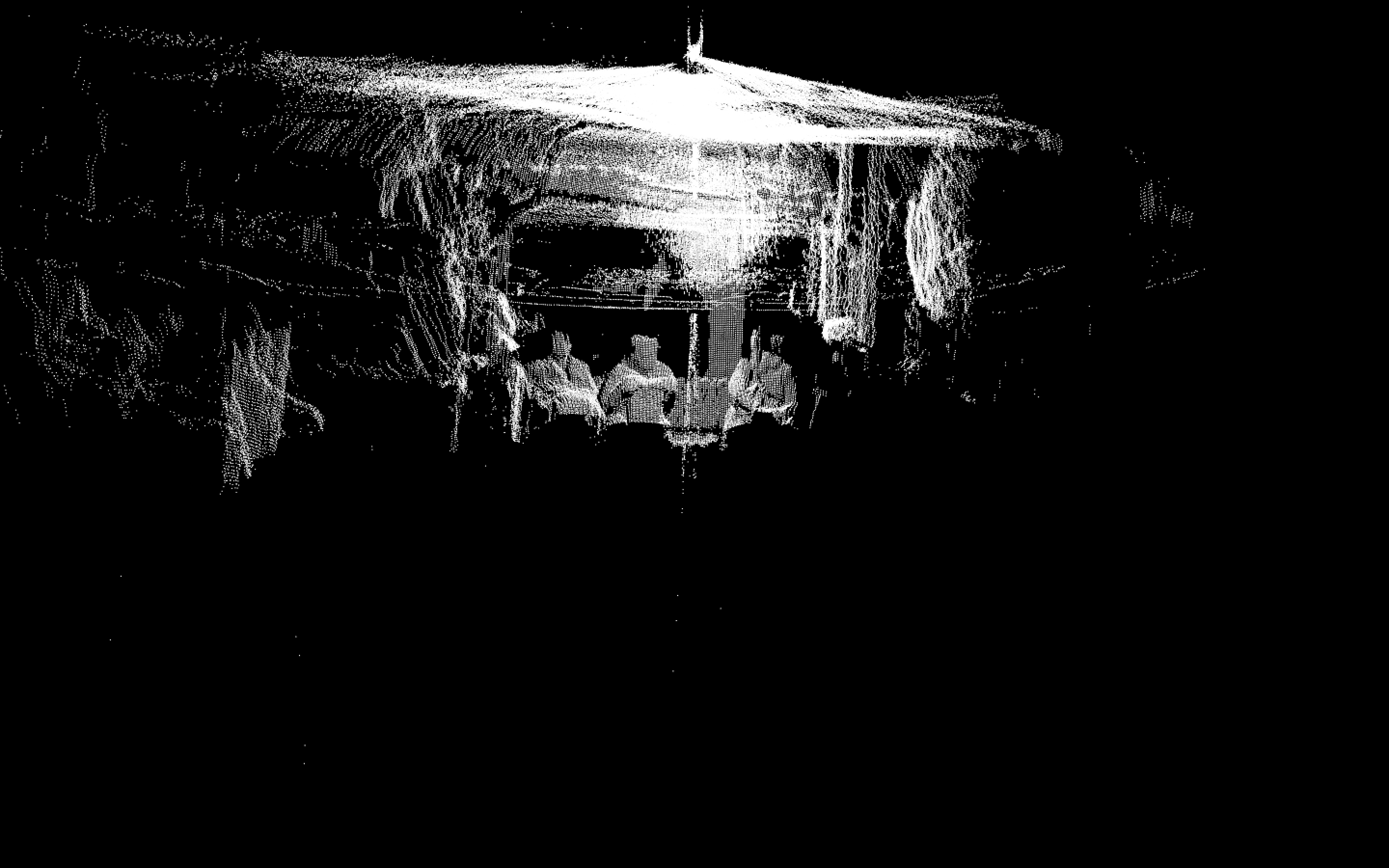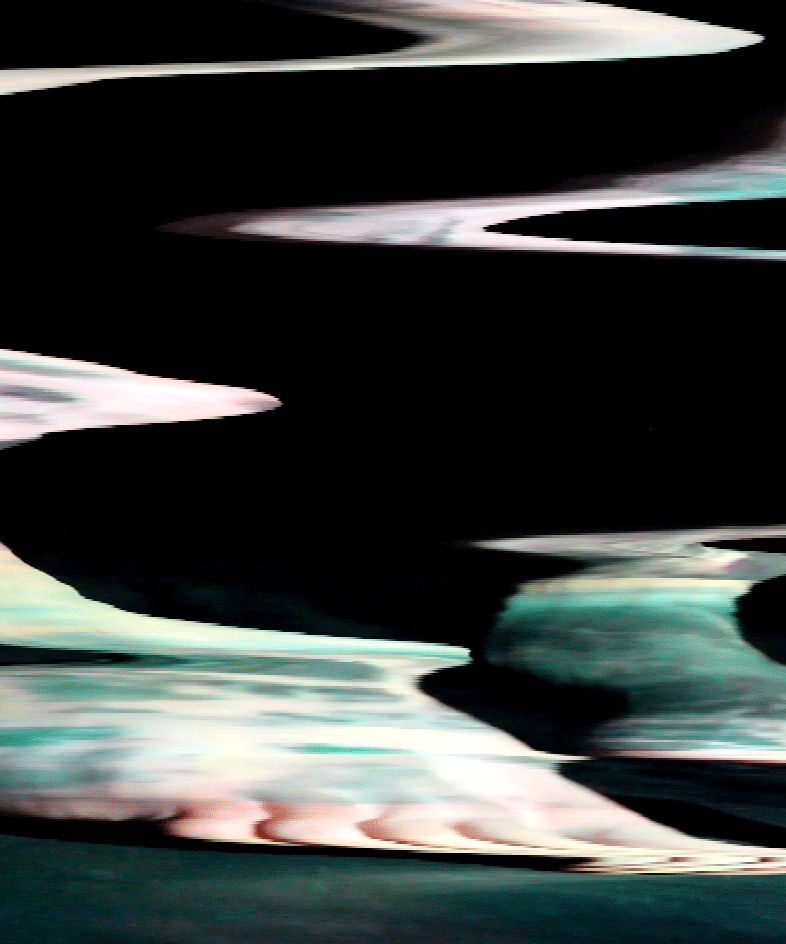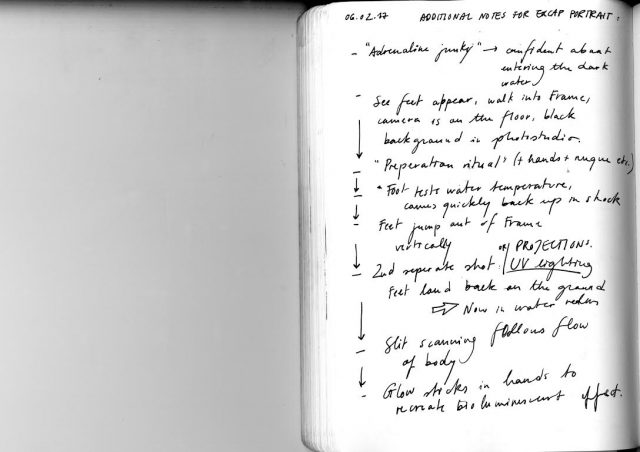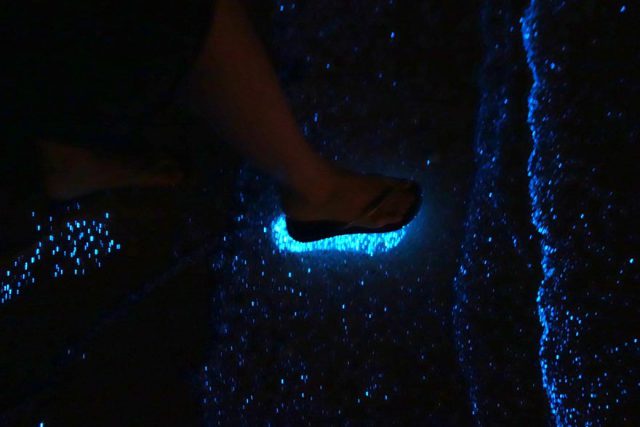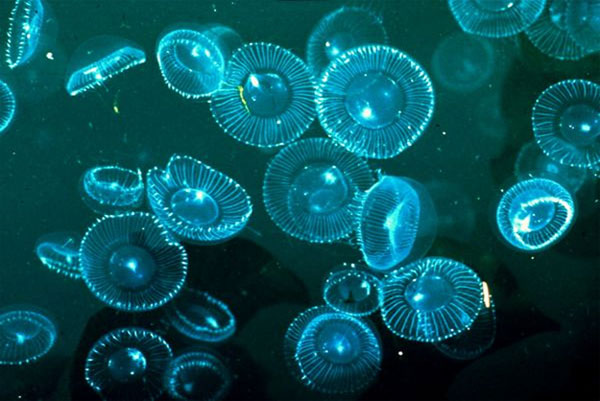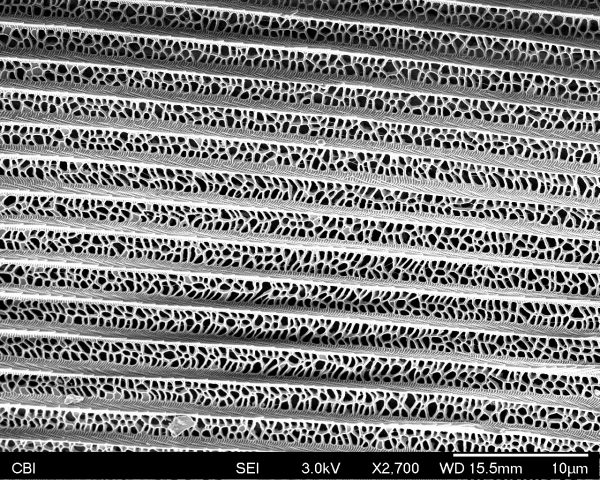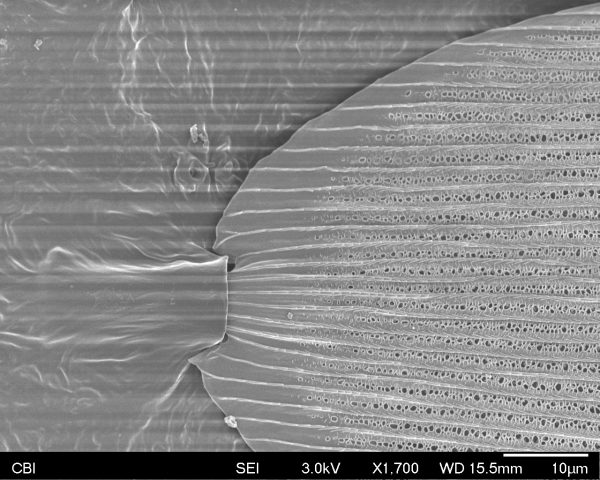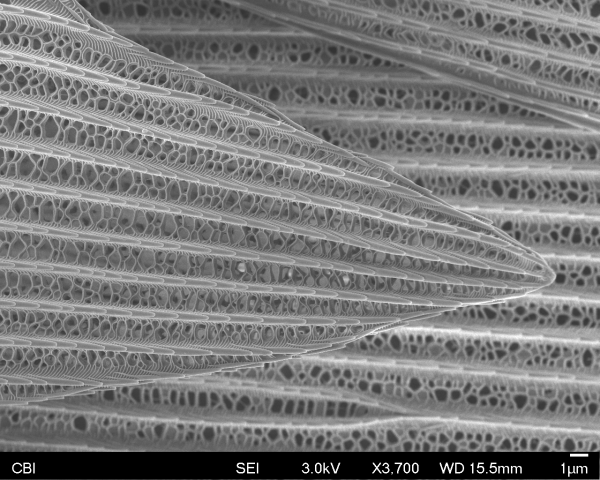Since I felt like I had hit a wall and could not progress any further with the Schlieren Mirror, I finally decided to re-edit my LIDAR photography video & do an extra project for my final. With the edgertronic high-speed camera, I captured a couple of my friends eating traditional diner food in extra-high speed. Thank you to Ritter’s Diner in Bloomfield for letting me film in their facilities.
After a long reflection, I decided to add an eating audio track, at low decibels and extra high speed, as I felt like it caused this cringe-worthy feeling at the maximum of its extent. About half way through the video, I switch to play the videos in reverse, simultaneously playing the sound at low speed. After editing all the footage, I decided everything looked more annoying, off-putting and gross with the red-ish tint, which I reverted back to.
Without being a huge comment on society, this idea stemmed after talking to my friend about fast food in America and how much this culture differs from the rest of the world. After reflexion, we came to the conclusion that this part of our culture was also the beauty of this country.
…
“This is it”
Thank you Golan for a great semester!
PS: There is an error with the rendering at 1:39, I am trying to figure out what it is!


